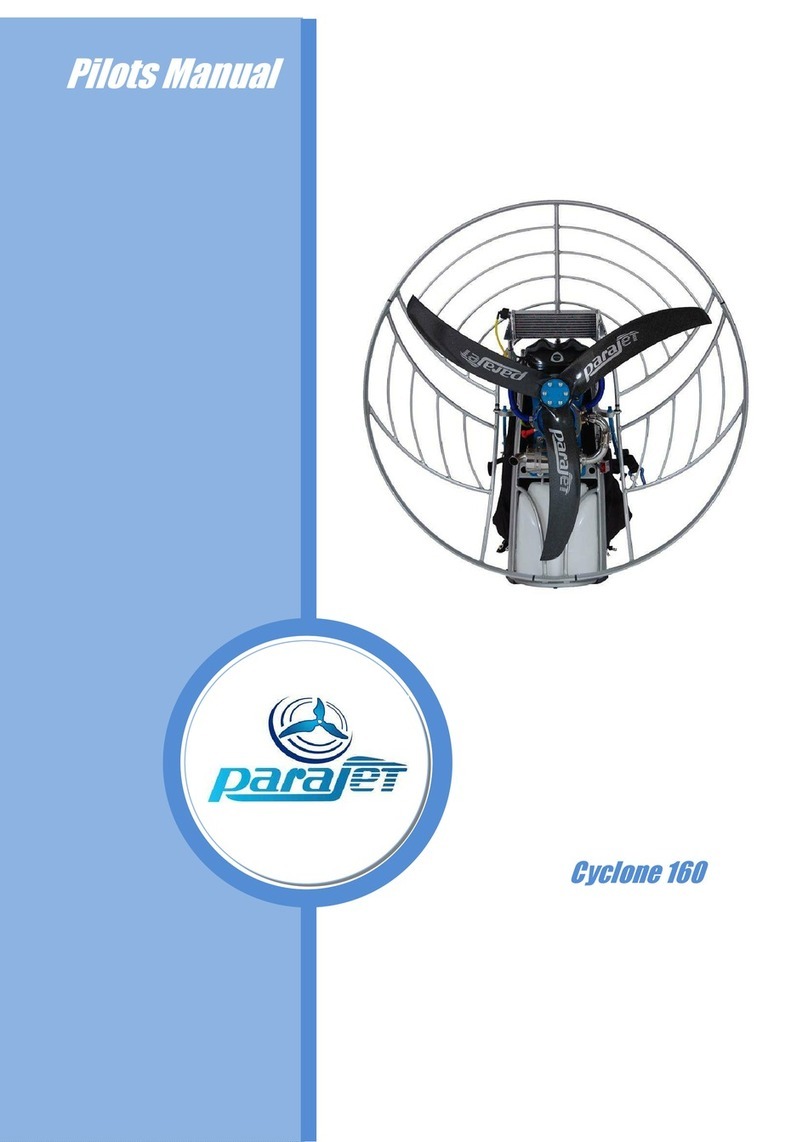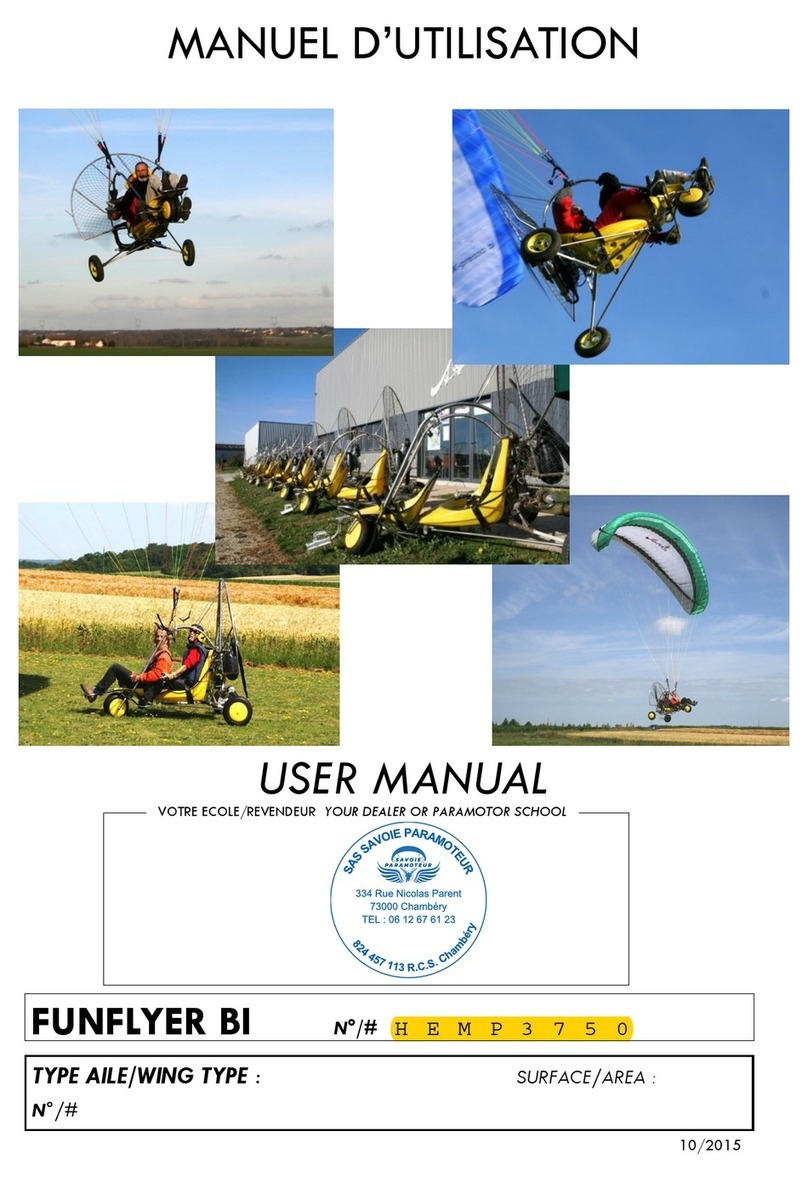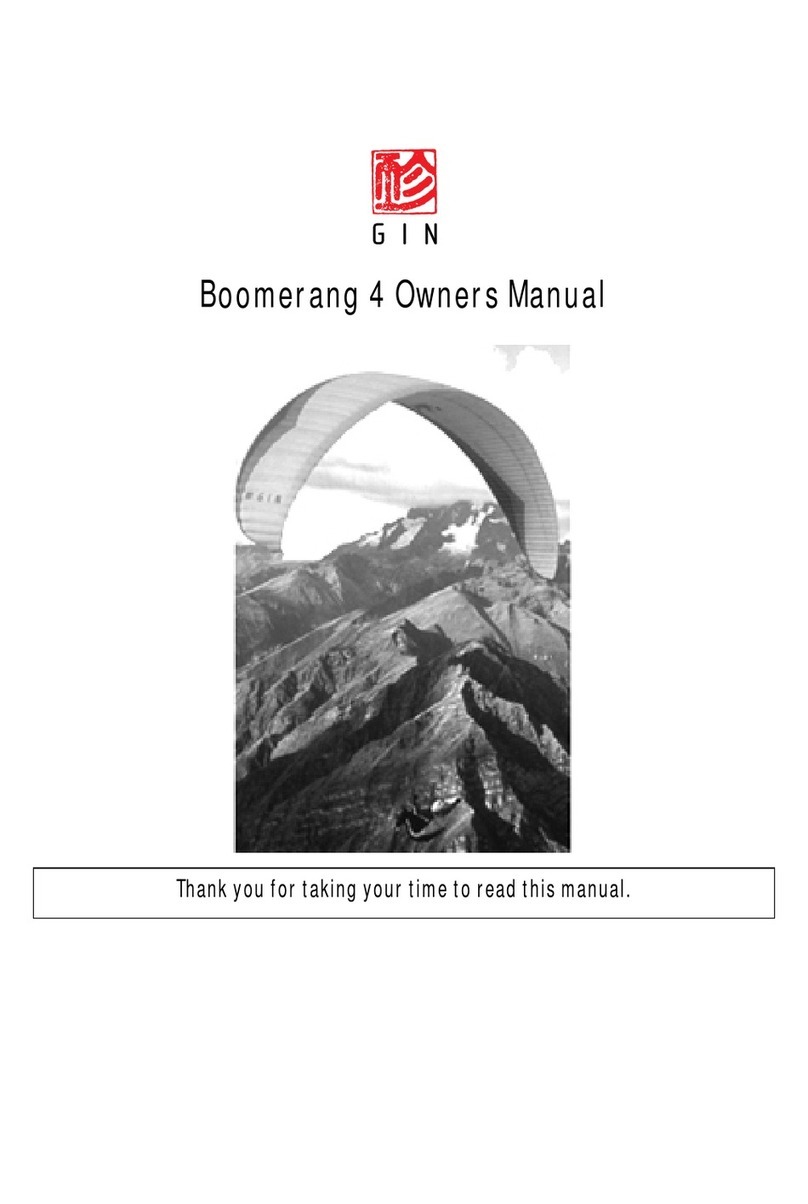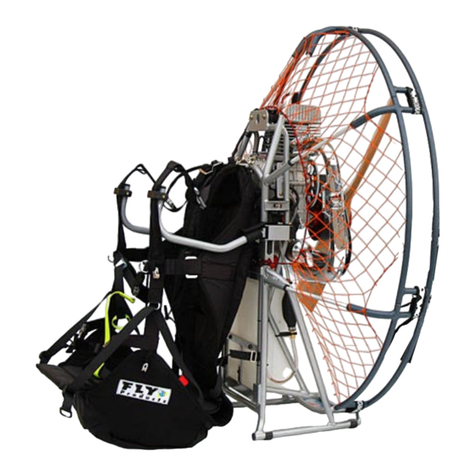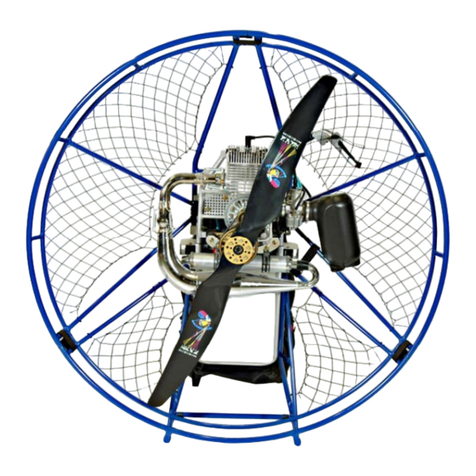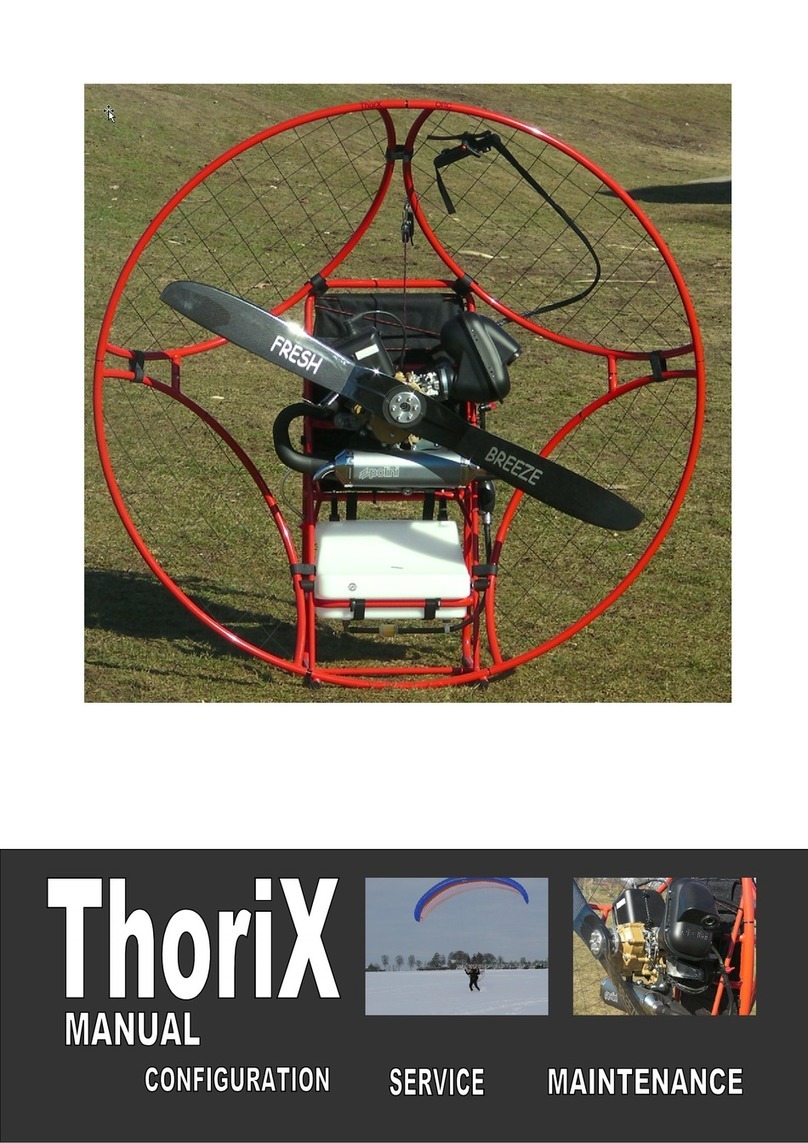Parajet Volution Micro User manual
Other Parajet Paramotor manuals
Popular Paramotor manuals by other brands
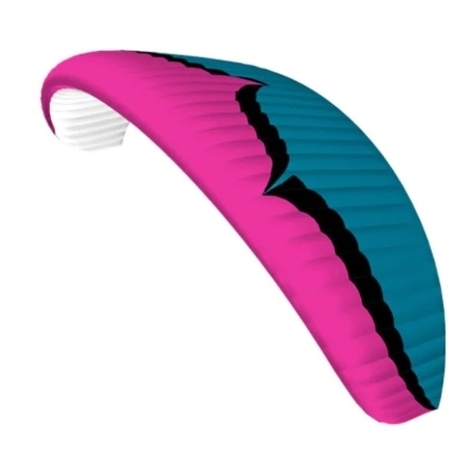
Ozone
Ozone Mojo PWR 2 Pilot's manual
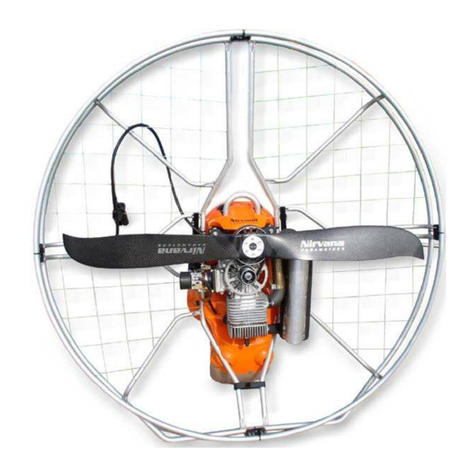
Nirvana Paramotors
Nirvana Paramotors RODEO Assembly and maintenance manual
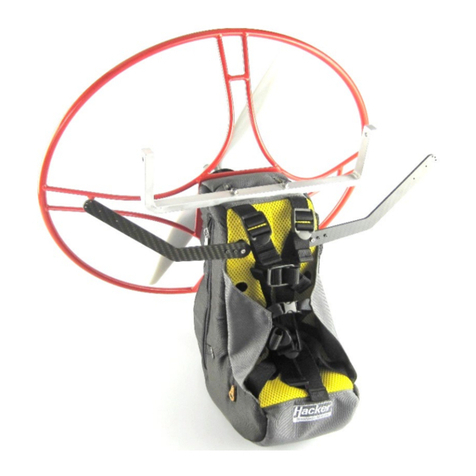
Hacker
Hacker Para-RC XXL Evo 67057105 instructions

Fly Products
Fly Products FLASH 100 owner's manual

Sky Country
Sky Country RESCUE SC-25 Repacking user manual
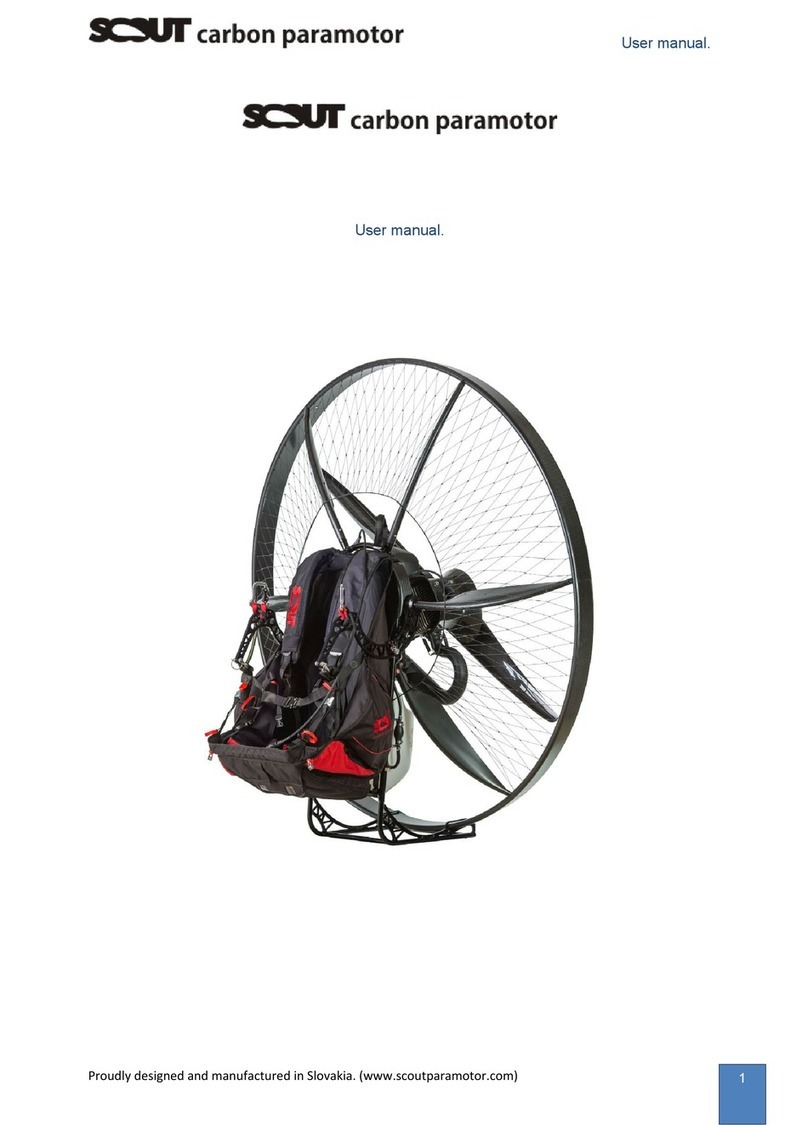
Scout
Scout Carbon Paramotor user manual
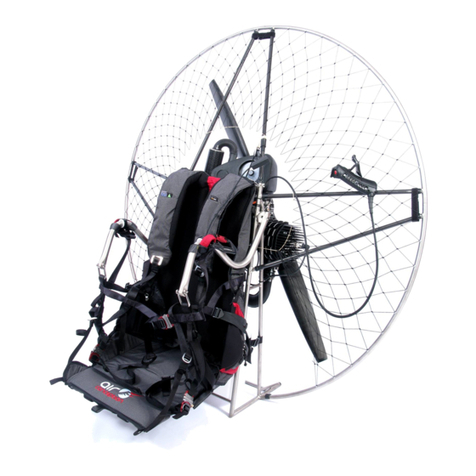
Air Conception
Air Conception NITRO 200 user manual
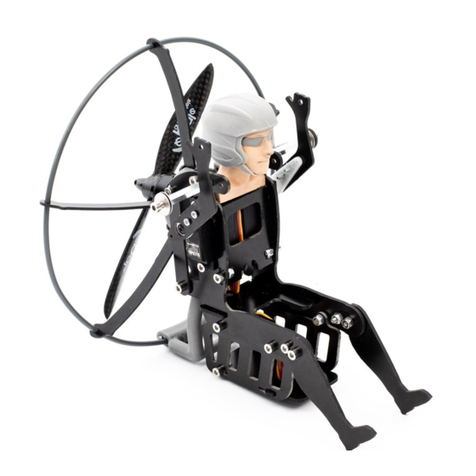
Opale-Paramodels
Opale-Paramodels Backpack XXS3 manual
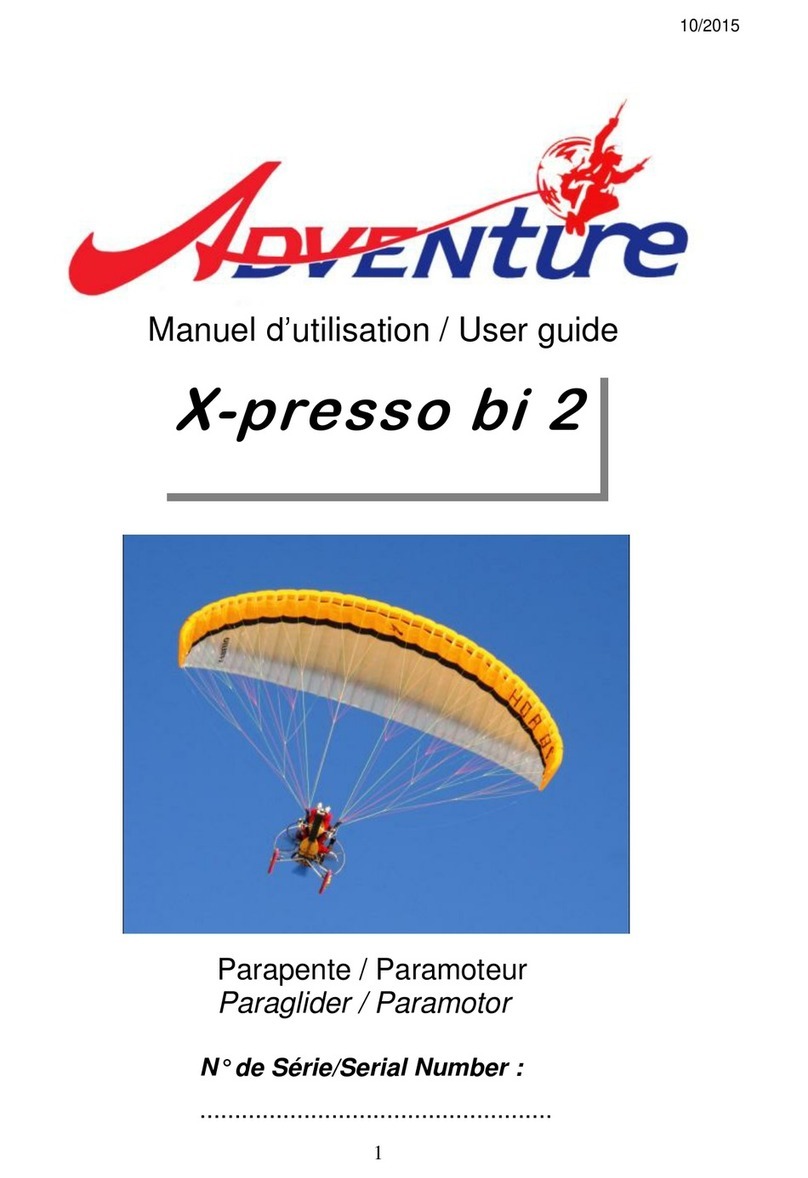
Adventure
Adventure X-presso bi 2 user guide
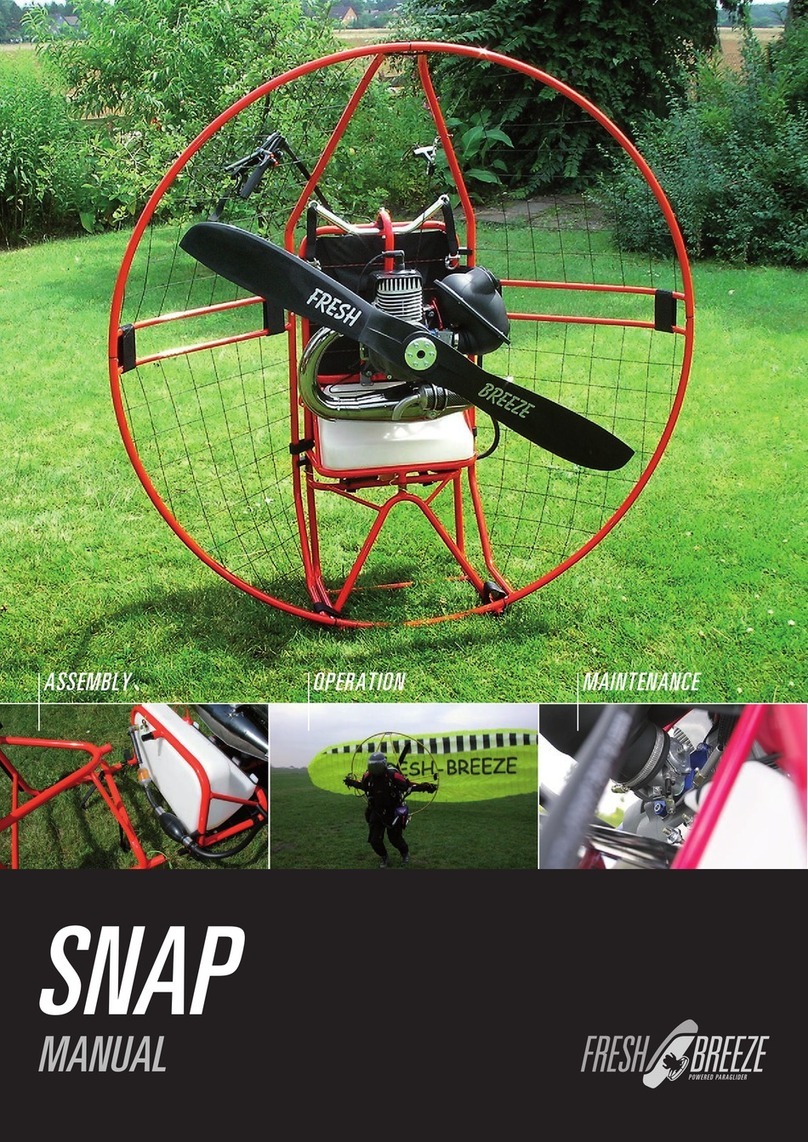
Fresh Breeze
Fresh Breeze SNAP manual
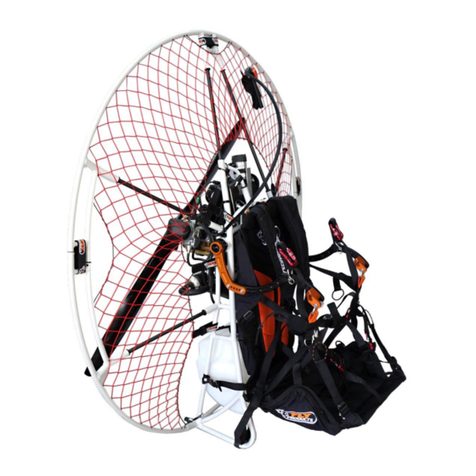
Fly Products
Fly Products Rider Series Assembly manual
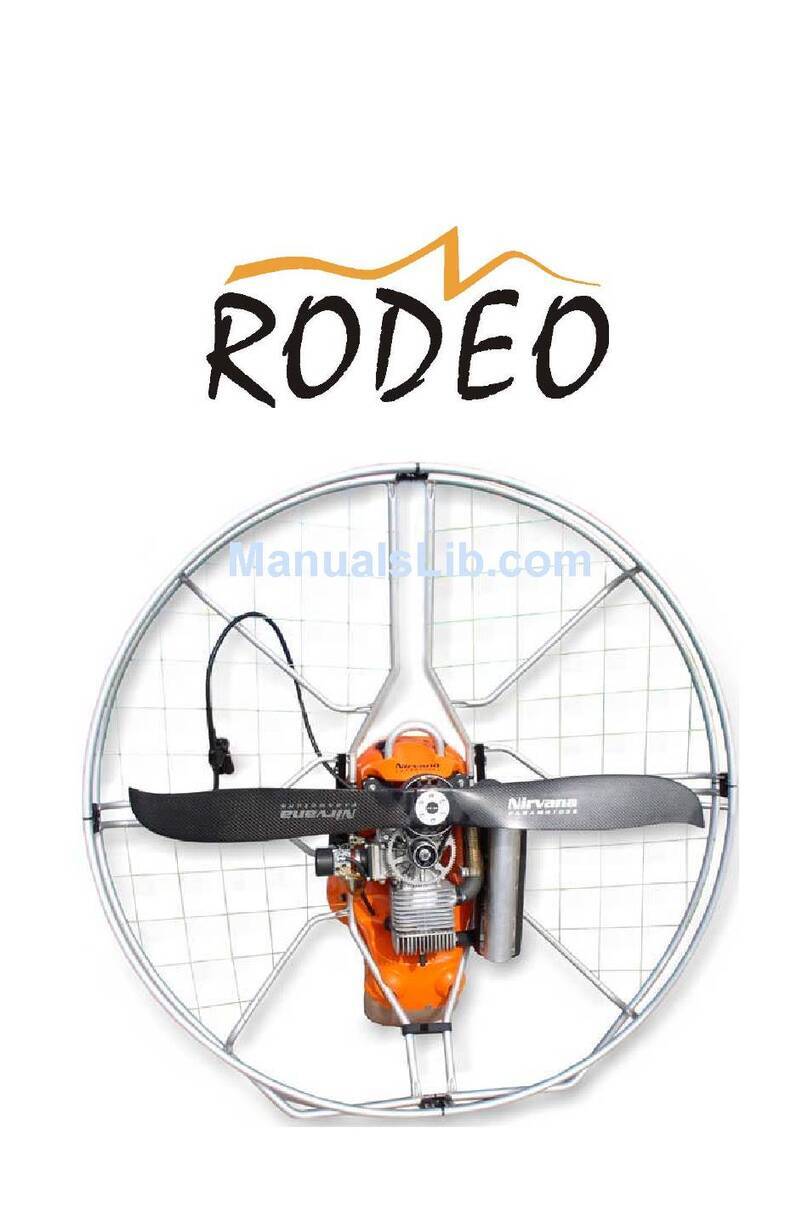
Nirvana Paramotors
Nirvana Paramotors RODEO Assembly and maintenance manual


